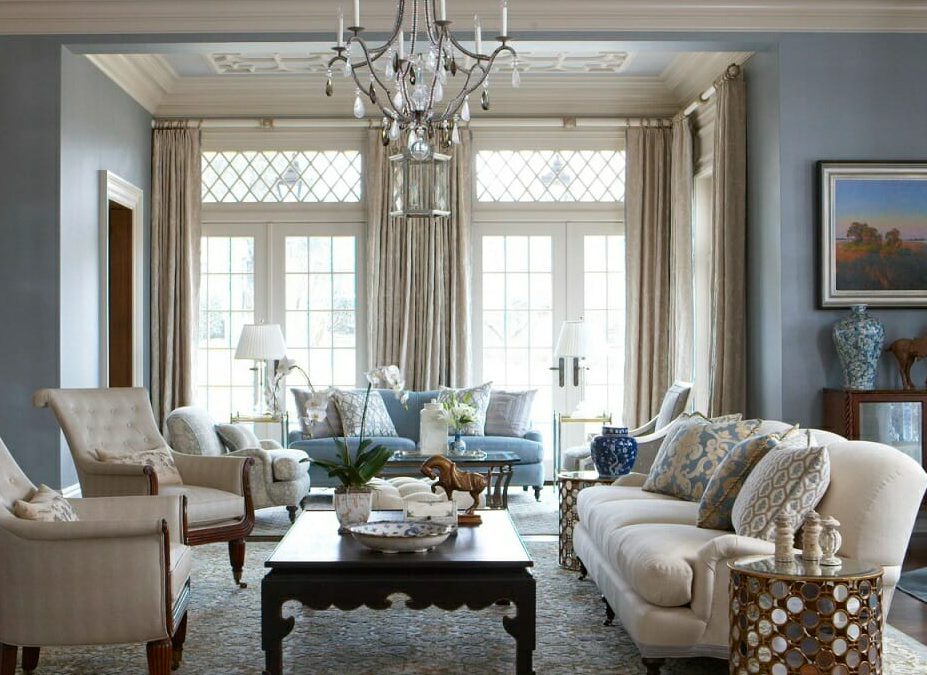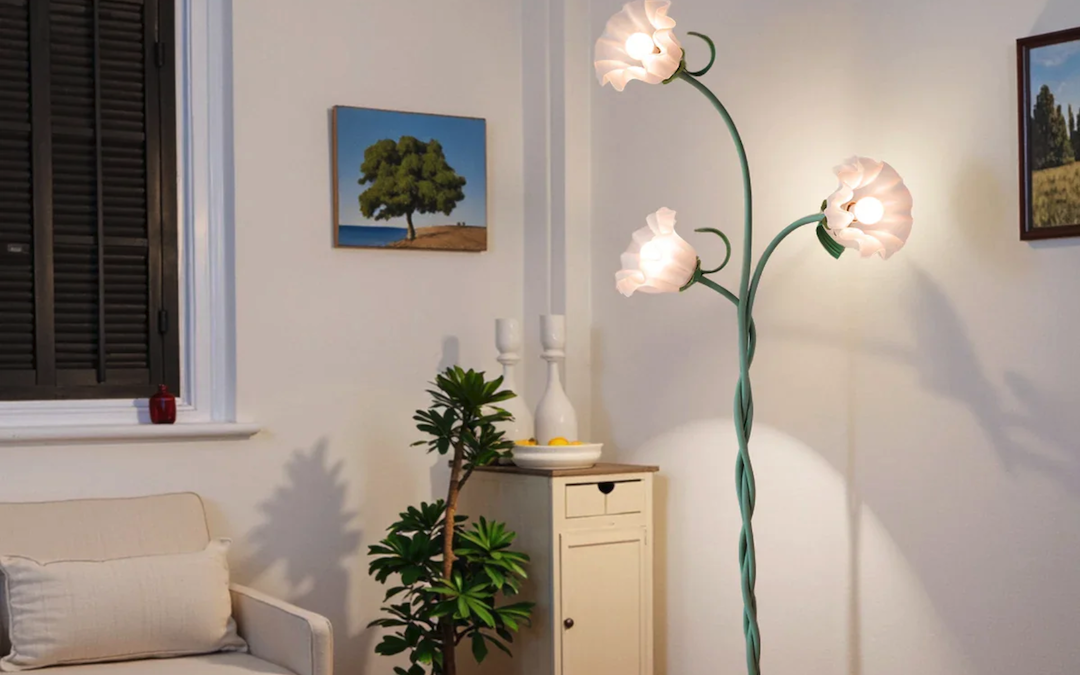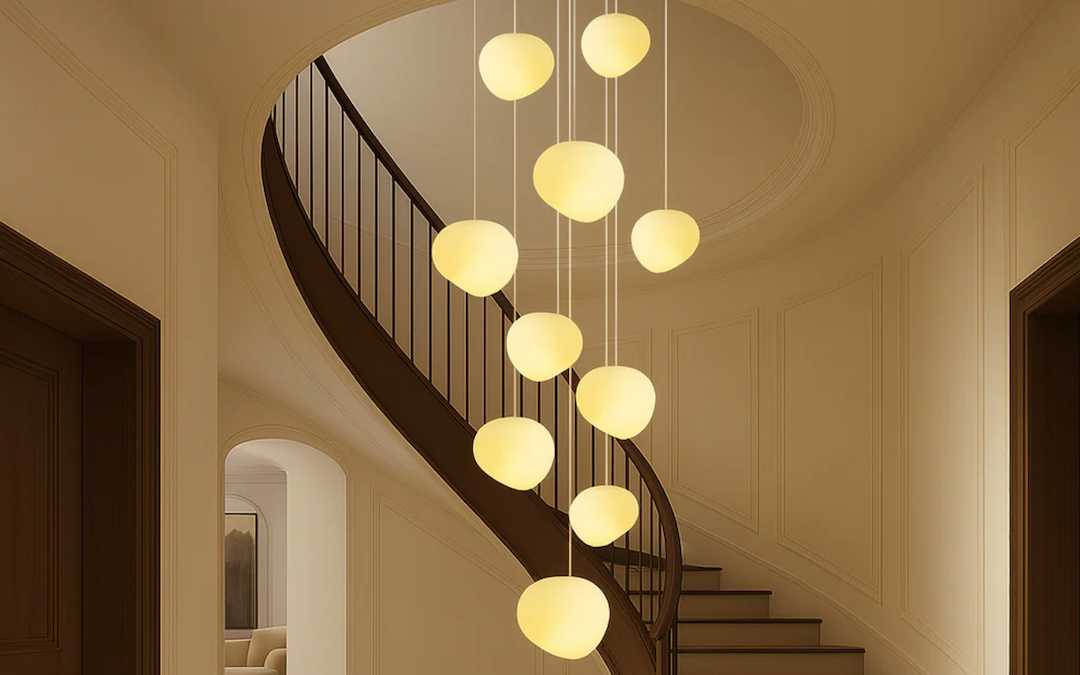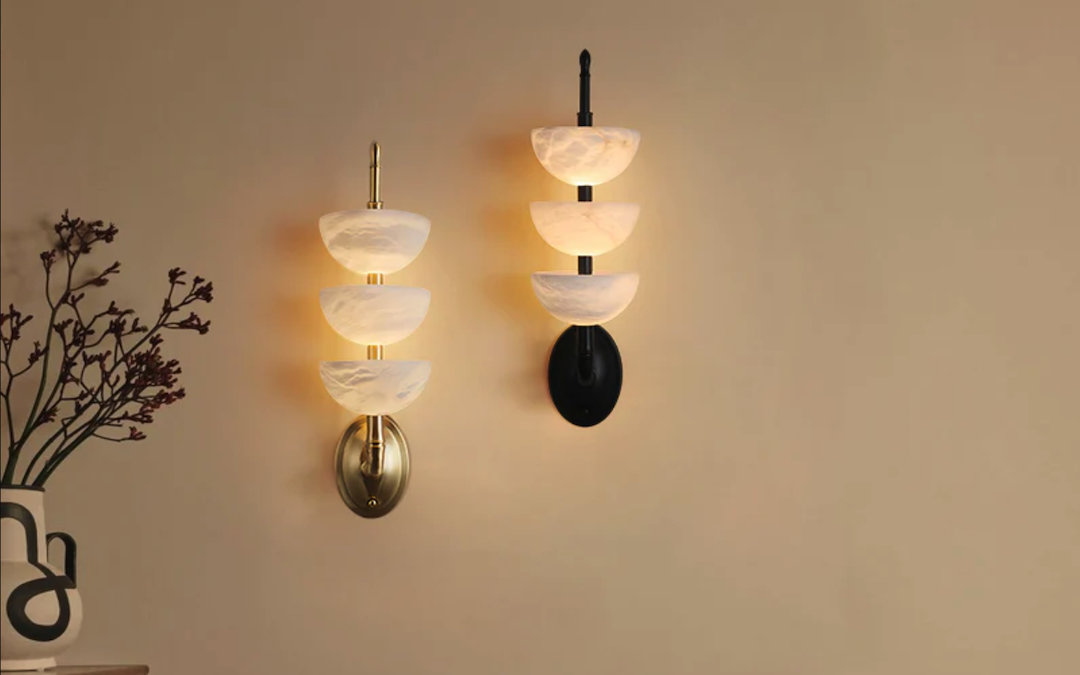
Bringing Brightness to Your Culinary Space: Exploring the Functionality and Style of Kitchen Lights – The Range
Introduction
The kitchen is one of the most important spaces in any home. It’s where meals are prepared, conversations are shared, and memories are made. Therefore, it is essential to have a well-lit kitchen that can facilitate all the different activities that take place in this space. The range of kitchen lights available in the market today is vast, from overhead lighting to task and accent lighting. In this article, we will explore the different types of kitchen lights available and how they can enhance the functionality and style of your culinary space.
Overhead Lighting
Overhead lighting is the most common form of lighting in the kitchen. It provides general illumination to the entire space, making it easy to navigate and work in. The range of overhead lighting options is vast, from recessed lights to pendant lights and flush mount lights. Recessed lights are great for creating a clean and minimalist look, while pendant lights can add a touch of sophistication and elegance to the kitchen.
Task Lighting
Task lighting is essential for specific areas in the kitchen where detailed work is required. These areas include the countertops, stovetop, and sink. Task lighting provides focused illumination to these areas, reducing eye strain and making it easy to see what you’re doing. Examples of task lighting in the kitchen include under-cabinet lighting, track lighting, and LED strip lighting.
Accent Lighting
Accent lighting is used to highlight specific features or areas of the kitchen, such as a beautiful backsplash or a piece of artwork. It adds depth and dimension to the kitchen and can create a warm and inviting atmosphere. Examples of accent lighting in the kitchen include recessed lighting above cabinets, toe-kick lighting, and pendant lights above the kitchen island.
Style and Design
The style and design of kitchen lights are just as important as their functionality. They can help tie together the overall look and feel of the kitchen and complement the other design elements in the room. For example, if you have a modern and minimalist kitchen, you may want to opt for sleek and simple pendant lights. On the other hand, if you have a more traditional or rustic kitchen, you may want to choose pendant lights made from wood or wrought iron.
Materials and Finishes
The materials and finishes of kitchen lights can have a significant impact on their style and design. For example, if you want to create a warm and cozy atmosphere in the kitchen, you may want to opt for lights with a copper or bronze finish. If you’re looking for a more industrial or modern look, you may prefer lights made from brushed steel or chrome.
Size and Proportion
Size and proportion are essential when it comes to selecting kitchen lights. The size of the lights should be proportional to the size of the kitchen and the other elements in the room. If the lights are too small, they may not provide enough illumination, while if they are too large, they may overwhelm the space. It’s essential to find the right balance between functionality and aesthetics.



